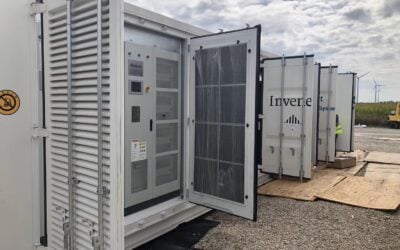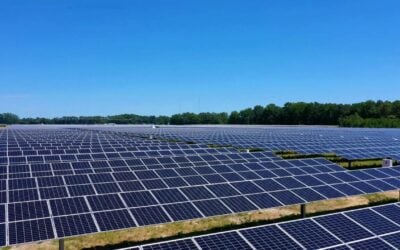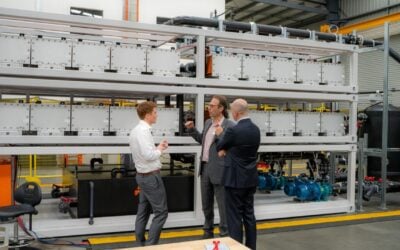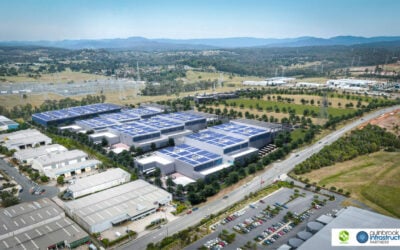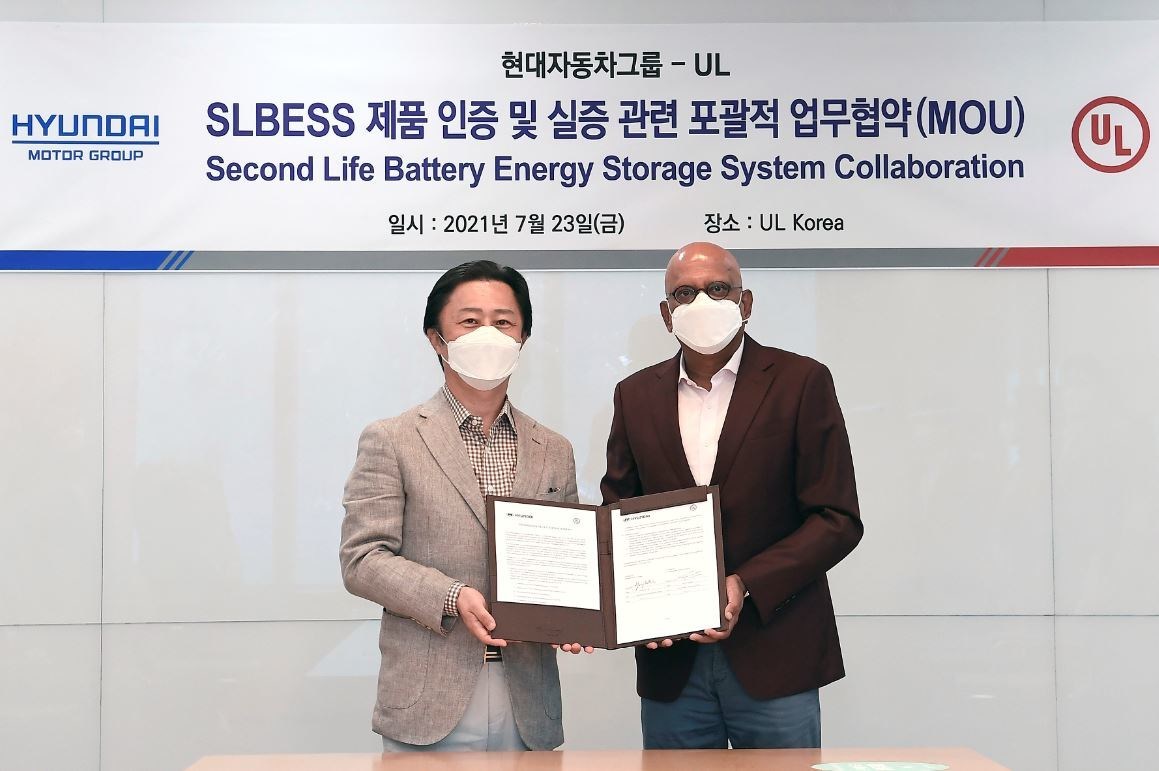
9 August 2021: Iron electrolyte flow battery to cut electricity costs and downtime for Pennsylvania IT company
Iron flow battery manufacturer ESS Inc will deploy a commercial and industrial (C&I) system at a data security company in Pennsylvania in a deal which could be exemplary of safe, sustainable and cost-effective long-duration energy storage, ESS Inc president and founder Craig Evans has said.
Enjoy 12 months of exclusive analysis
- Regular insight and analysis of the industry’s biggest developments
- In-depth interviews with the industry’s leading figures
- Annual digital subscription to the PV Tech Power journal
- Discounts on Solar Media’s portfolio of events, in-person and virtual
Or continue reading this article for free
The flow battery system will be installed as part of a microgrid that also includes solar PV to help reduce day-to-day electricity costs and prevent outages from impacting business activities for information technology asset disposition company Sycamore International. Solar and storage solutions provider TerraSol Energies chose ESS’ Energy Warehouse product from among a number of options.
The 75kW / 400kWh system will be able to provide storage durations of four to 12 hours, at different power rating configurations and is expected to have a 25-year lifetime. It will reduce the demand charges that Sycamore International, like all other businesses in the US, has to pay for its usage of electricity at times of peak demand. Sycamore International CEO Steve Figgatt also said that power outages can cost his business more than US$40,000 a day in lost revenues.
“We needed a solution that would ensure long-duration backup power when needed, with a favorable ROI and no safety issues. We ruled out lithium-ion batteries and other flow battery chemistries due to toxicity and cost. ESS’s iron-based flow battery offers the right combination of safety and sustainability with long asset life to match the expected life of our solar power system.”
“By turning to iron-flow battery solutions, Sycamore International is exemplifying how C&I companies can not only meet the demand for energy storage but to do so in a safe, sustainable, and cost-effective way,” ESS Inc’s Craig Evans told Energy-Storage.news.
ESS Inc, the only maker of the iron flow battery in the world and holder of key patents and IP relating to its technologies, said in May that it is targeting public listing of its stock through a merger with a special purpose acquisition company (SPAC) in a deal that will provide around US$465 million in net proceeds.
8 August 2021: Hyundai, UL take a closer look at 2nd life batteries for stationary storage
Referring to interest growing in the potential use of ‘2nd life’ electric vehicle (EV) batteries in stationary battery energy storage systems (BESS), automotive company Hyundai and testing, inspection and advisory group UL said they will collaborate on furthering marketplace adoption of the technology.
It was announced last week that the pair signed a Memorandum of Understanding (MoU) in late July to formalise a relationship around second life battery initiatives, including safety testing and performance assessment. They will also work together on a demonstration project in North America and evaluate process development.
After use in EVs for a few years, their batteries could be a promising, low-cost candidate for use in grid-connected stationary energy storage, which UL said in a press release can be less demanding use profile than transport. UL has already created UL 1974, a safety and reliability standard for second life automotive batteries.
“Reusing batteries in secondary applications is a promising strategy to help combat climate change and carbon emissions. We are excited about our collaboration with Hyundai and how we are joining together to consider second life battery applications as well as their safety and performance potential,” Sajeev Jesudas, UL’s executive VP and chief commercial officer said.
8 August 2021: Lithium battery recycler Li-Cycle’s SPAC merger goes ahead
Commercial lithium-ion battery recycling specialist Li-Cycle is set for listing on the New York Stock Exchange (NYSE) later this week.
A proposed merger with special purpose acquisition company (SPAC) Peridot Acquisition Corporation which would give the company public listing status was first announced in February. Last week, Peridot said its shareholders approved all proposals relating to the business combination at an extraordinary general meeting on 5 August.
Toronto-headquartered Li-Cycle, which has facilities in the US and in Canada, recently launched a partnership with battery life cycle management company Renewance to work on processing batteries from stationary ESS. The company filed a Form F-4 with the US SEC earlier this year which set outs financial position ahead of the merger, highlighting that equity investors have committed more than US$300 million to the plan, and Peridot said that Li-Cycle expects to receive around US$580 million in gross proceeds when the combination closes.
The deal is expected to close on or about 10 August 2021, with NYSE trading of the newly-formed entity, which will be known as Li-Cycle Holdings Corp, expected to commence “on or about 11 August 2021”. Another company focused on lithium battery recycling, Redwood Materials, recently announced it has netted investment worth in excess of US$700 million to scale up its activities.


